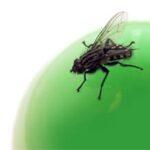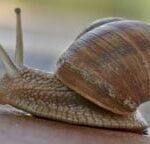Are gnats that buzz around your plants driving you crazy? Don’t worry, we are here to help. This guide will help you identify these pesky insects and employ simple, effective ways to get rid of them and prevent them from returning.
Identifying Different Types of Gnats
Signs of Fungus Gnats Infestation in Houseplants or Garden
Can Gnats Kill Your Plants?
6 DIY Tips for Getting Rid of Fungus Gnats Without Chemicals
Getting Rid of Fungus Gnats Using Chemicals
How to Keep Gnats Out of Your Plants and Garden
FAQs about Getting Rid of Gnats
Highlights
- Fungus gnats are the only type that can be a threat to your plants.
- Overwatering your plants is a clear invitation to fungus gnats.
- Keep the soil dry to prevent gnats from returning.
Identifying Different Types of Gnats
Though there are three types of gnats—fungus gnats, fruit flies, and drain flies—only fungus gnats, found around damp soil, are a threat to your houseplants or garden. Drain flies are drawn to drains, garbage, and other areas where trash accumulates, and fruit flies are attracted to rotting fruits and vegetables.
Here’s what fungus gnats look like:
- Adults: Tiny flies resembling miniature mosquitoes, usually black or gray-black with transparent wings, long legs, and antennae. Typically, they’re less than ⅛ inch long.
- Larvae: Wormlike in appearance with black heads and translucent bodies, they can grow up to ¼ inch long and are usually found 2 to 3 inches deep in the soil.
Signs of Fungus Gnats Infestation in Houseplants or Garden
If you see lots of tiny flies around your freshly watered plants, grass clippings, damp leaf debris, or organic compost pits, they are probably fungus gnats.
While adult gnats are clearly visible, the gnat larvae stay hidden in the soil. You can identify their existence in your plants’ soil through these signs:
- Stunted growth: A plant ceases its normal growth and appears as a dwarf against its contemporaries.
- Sudden wilting: A healthy plant suddenly starts wilting even after getting proper nutrients (water, compost, and sunlight).
- Yellowed leaves: Leaves turn yellowish, pale, or completely yellow and lose their sheen.
- Loss of vigor: A healthy looking plant loses its strength and doesn’t reproduce as usual.
Can Gnats Kill Your Plants?
Even in large quantities, adult fungus gnats can’t kill your plants. The larvae, however, may feed on the plants’ roots, stunting growth or actually killing the plants. This is rare but is still a potential threat, especially to newly rooted cuttings, seedlings, and baby plants.
6 DIY Tips for Getting Rid of Fungus Gnats Without Chemicals
Several commonly available products can help in gnat removal. Here are a few chemical-free options you can try: .
1. Employ sticky traps
These yellow, adhesive-covered sheets catch gnats in large quantities. Yellow color attracts adult gnats and the adhesive traps them when they land on it. When the sheets fill up, you just discard them until the adult gnats are gone.
2. Allow soil to dry
To avoid the damp soil that nurtures fungus gnats, don’t water your infested plants until the soil gets dry. With no breeding ground, the larvae will not survive and adult gnats will leave the plant alone.
3. Use hydrogen peroxide
Mix 1 part hydrogen peroxide to 4 parts water and use this solution to water your infested plant to kill the larvae in the soil without harming the plant (test this on a single plant before doing it to the rest). Do this weekly for at least a month to get rid of gnats.
4. Create a vinegar trap
For a single plant that’s infested, mix apple cider vinegar with 4 to 5 drops of liquid dish soap in a drinking glass. Cover this glass with tape or cloth, punctured with a few holes so the gnats, when attracted by the scent, can enter the trap. The soap in the vinegar will kill them.
5. Use potato traps
Try this if gnats have infected several plants in your garden. Gnat larvae will feed on potatoes, so put some pieces of raw potato on the ground in the garden to attract the larvae. They will shift from eating plant roots to eating potatoes. Remove and discard these larvae-infested potatoes after 2 to 4 days and replace them with new pieces.
6. Cinnamon and chamomile
Both cinnamon and chamomile are naturally anti-fungal. If you put cinnamon or chamomile in the soil they will kill the fungus that’s the main food source of fungus gnats, eventually sending them away. But keep low expectations—this method is usually only mildly effective.
Getting Rid of Fungus Gnats Using Chemicals
If natural methods don’t do the trick, consider using chemical solutions to eliminate fungus gnats. Whenever dealing with any type of chemical, toxic or non-toxic, be on the safer side—wear rubber gloves and an N-95 mask, and be sure the area is well ventilated. Always follow label directions.
Here are chemicals that can help eliminate fungus gnats:
- Pyrethrin spray. This natural insecticide, available in its pure form or in household aerosols, can effectively kill adult gnats. However, it won’t eliminate larvae unless it directly contacts them.
- Insecticidal soaps. A mixture of 5 parts water and 1 part insecticidal soap can kill adult fungus gnats when sprayed directly. Be aware that spraying the soil may be less effective against larvae that are 2 to 3 inches deep and could negatively affect soil health.
- BTI products (Bacillus thuringiensis israelensis). This active ingredient, often found in mosquito repellents, is also effective against fungus gnats. Mix according to label directions—normally, you mix 4 tablespoons of a BTI product in one gallon of water and let it sit for 30 minutes. Then use the solution to water the soil of the infested plants or spray it on adult fungus gnats.
None of these processes produce instant results. Repeat them twice a week for at least 3 weeks.
If none of these measures work, call a professional pest service.
How to Keep Gnats Out of Your Plants and Garden
Moist conditions and warm temperatures create a haven for fungus gnats. If you are overwatering plants or the garden soil is always damp, it will attract gnats, especially during summer.
Preventing gnats in indoor plants
- Don’t overwater. Resist the urge to water your plants when the soil is already damp. Allowing the soil to dry out between waterings prevents excess moisture that attracts fungus gnats.
- Maintain low humidity. Use a dehumidifier or smart home technology to keep humidity levels low, as excessive humidity encourages gnat breeding.
- Introduce layers in the soil. Add a thin layer (about ¼ inch) of clay, sand or lava rock over the soil in your indoor pots to help keep the surface dry and deter fungus gnats.
Preventing gnats in outdoor plants and gardens
As with indoor plants, avoid overwatering your garden plants to prevent excess moisture in the soil.
Additionally, make sure your garden does not have rotten remains of plants, especially in a damp state. They act as a breeding ground for fungus gnats. Also, fill any low spots in your garden that collect water. Check out our Lawn Watering Tips article to take better care of your outdoor garden.
A universal tip: Quarantine new plants and potting soil
New plants and potting soil may already harbor fungus gnat larvae, which you can’t see. These can easily start an infestation in your garden. To prevent this, quarantine new plants and soil for 15 to 17 days. At a temperature of 75° F, it takes about 10 days for gnat larvae to develop into pupae and another 4 to 5 days to reach adulthood.
FAQs about Getting Rid of Gnats
What causes gnats in houseplants?
Gnats are primarily attracted to moist soil and decaying organic matter. Overwatering your plants or using non-sterile potting mix can create ideal breeding grounds for them.
Are gnats harmful to plants?
While adult gnats are more of a nuisance, their larvae can feed on plant roots and cause damage, especially to young or weak plants. This can lead to stunted growth and yellowing leaves.
How do you get rid of gnats fast?
The fastest way to reduce adult gnat populations is to use yellow sticky traps and allow the top layer of soil to dry out completely. You can also try a hydrogen peroxide soil drench (1 part hydrogen peroxide to 4 parts water) to kill larvae and eggs.
Does cinnamon get rid of gnats in plants?
Cinnamon has some insect-repelling properties, but it’s not the most effective solution for gnats. It can help deter them, but it won’t eliminate an existing infestation.
Can gnats live in dry soil?
No, gnats need moisture to thrive and reproduce. Keeping the soil dry is one of the best ways to prevent and eliminate them.
What is the best home remedy for gnats in plants?
Here are a couple of effective home remedies:
- Apple cider vinegar trap. Fill a small container with apple cider vinegar, add a few drops of dish soap, and cover with plastic wrap. Poke holes in the wrap and place the trap near your plants.
- Potato slice trick. Place a raw potato slice on the soil surface. Gnats will lay eggs on it, and you can discard the slice after a few days.







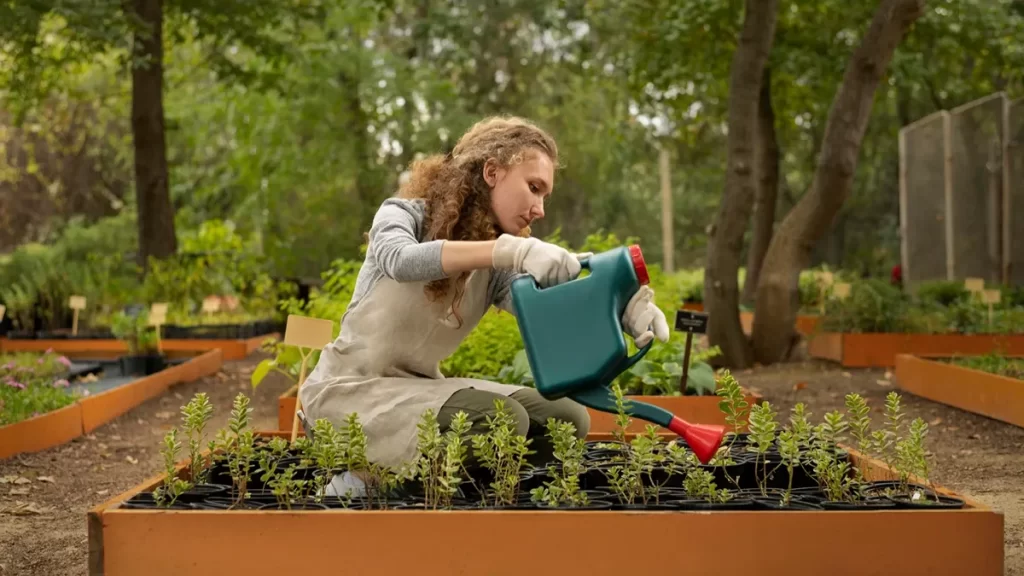
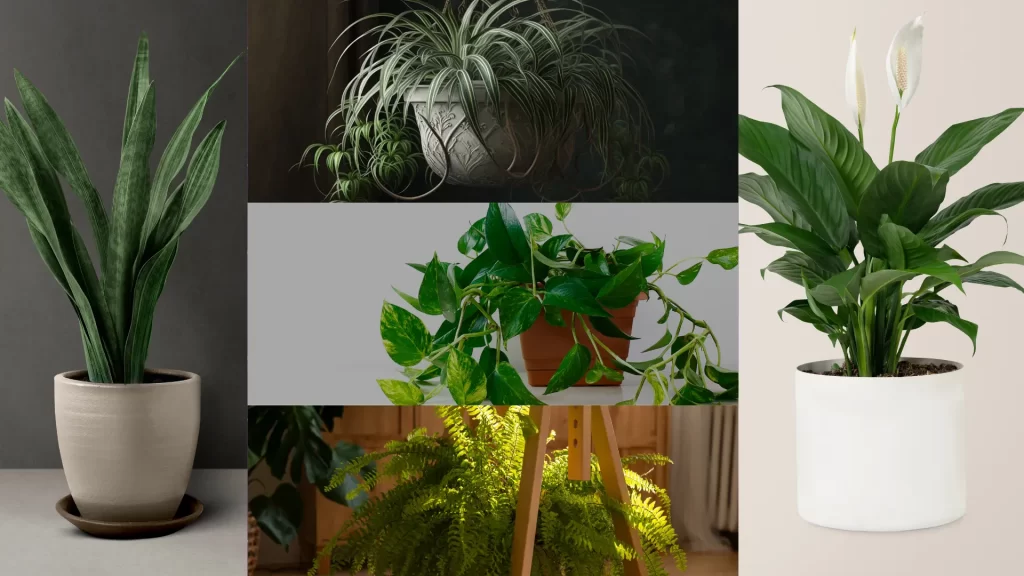

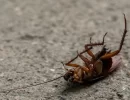
 Don Vandervort writes or edits every article at HomeTips. Don has:
Don Vandervort writes or edits every article at HomeTips. Don has:
